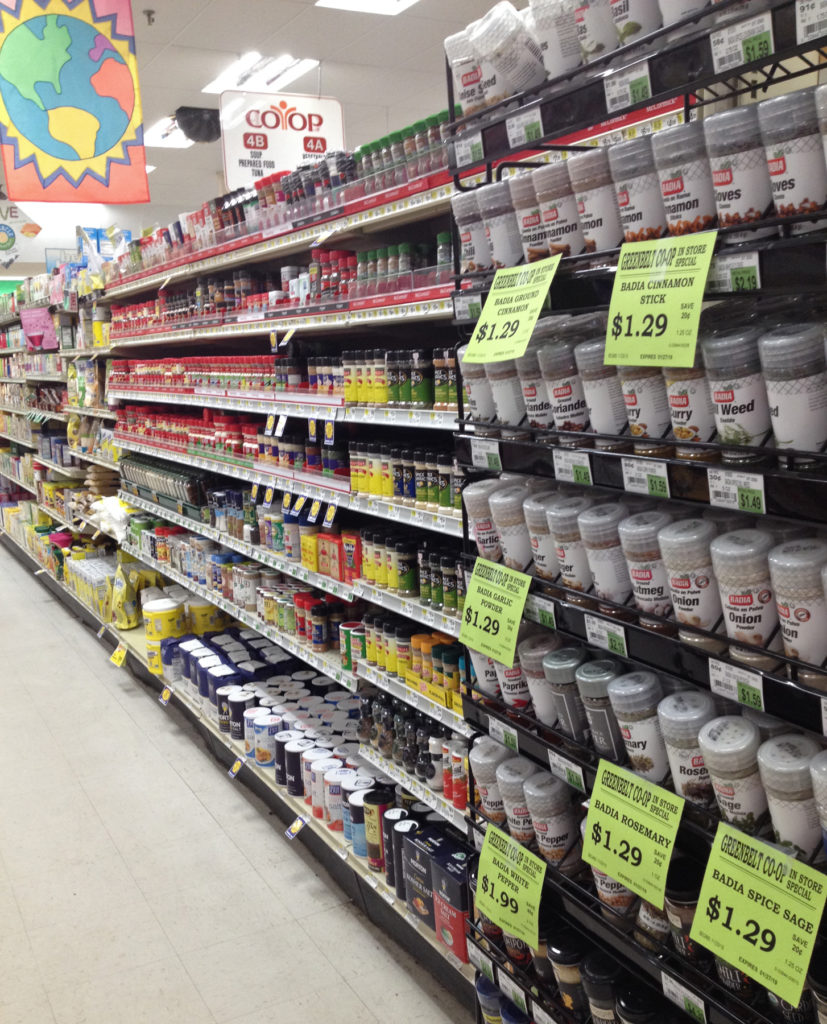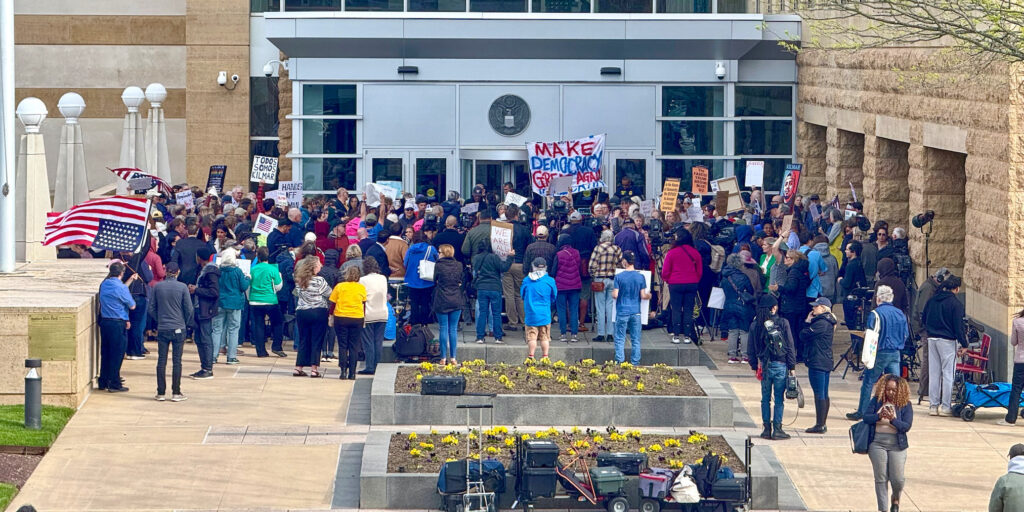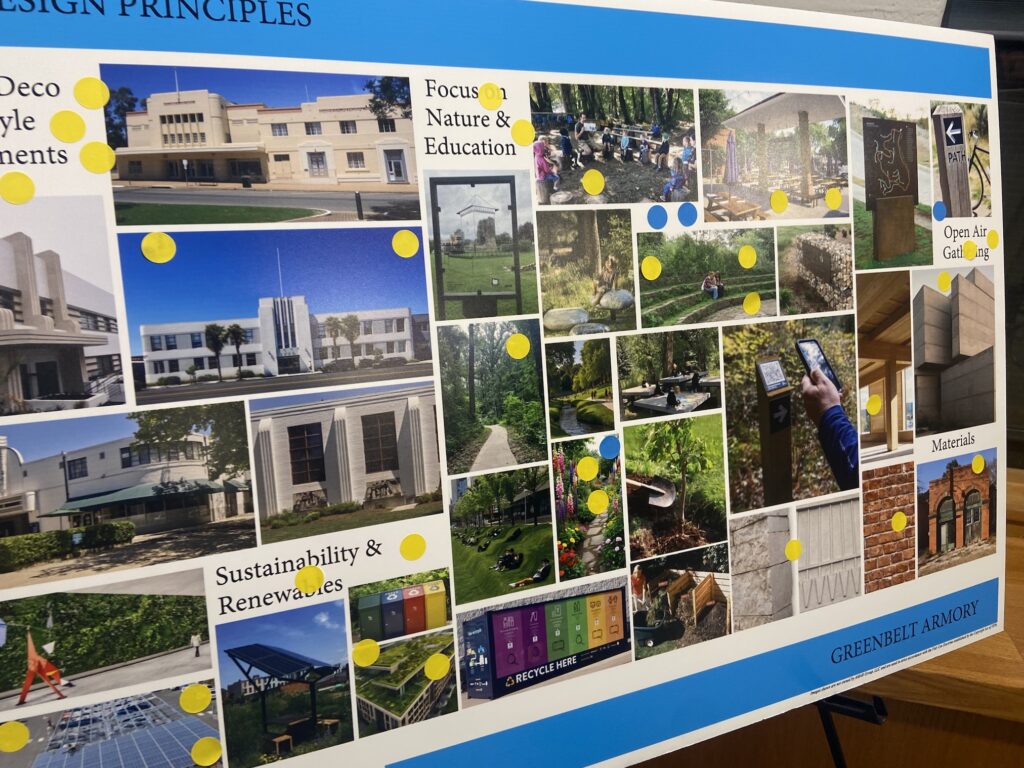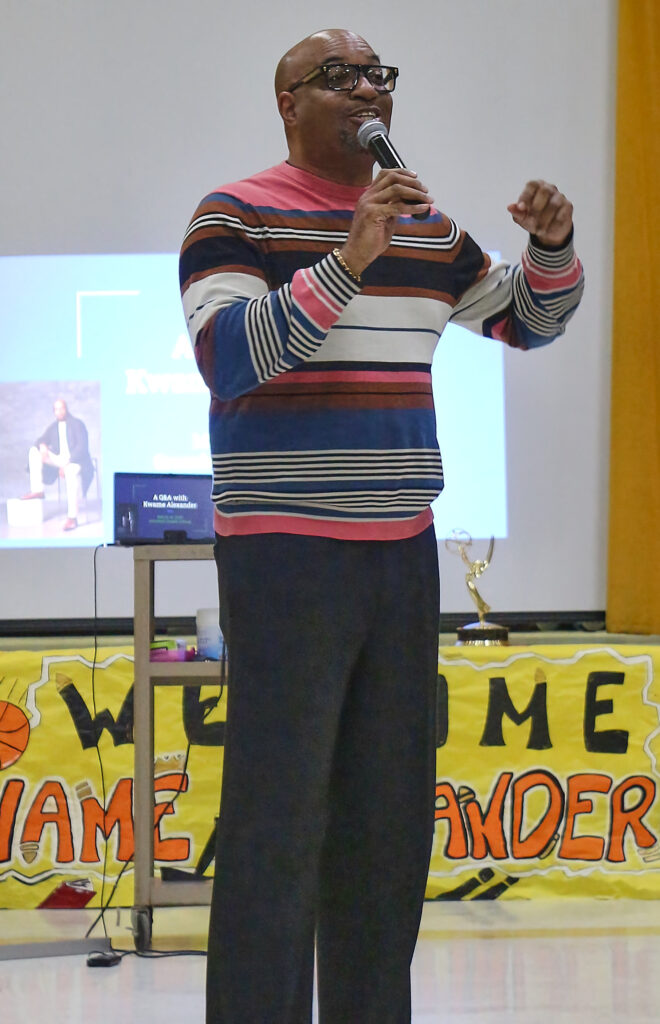The Greenbelt Co-op Supermarket and Pharmacy is preparing a significant initiative, called Rays on The Roof, using the opportunity of a needed new roof to add a solar voltaic array to generate free, renewable energy. Faced with the inescapable necessity of a new roof, it is making lemonade out of its lemons (fruits and vegetables section) and going whole hog (meat case) for solar. It’s a win for the Co-op and the environment.
Co-op seeks an Individual Bond Bill from the Maryland State Legislature to offset part of the outlay, estimated to total $750,000. As part of the bond bill process, applicants must show matching funds. By demonstrating upfront a willingness to pitch in on this match, the community can substantially enhance the bond bill’s chance of success.
Co-op plans to raise the required matching funds, amounting to $400,000 of the total, through a mix of donations and interest-paying investments open to the community. There is a range of ways to assist on whatever scale an individual is comfortable with. An ad on the back page of this issue describes the options and offers a range of choices.
Payback Time
The sum of $750,000 is a lot of money. But with a bond bill offsetting part of the cost, the payback time for the roof and array from 25 percent electricity cost savings on Co-op’s $150,000 electricity bill is anticipated to be 10 years. For the ensuing 15 to 20 years beyond that time during which the array and roof remain viable, the savings will build a reserve sufficient to pay outright for the next roof and solar panel iteration (around 2045). Once the first pair is paid for, there’s a huge, sun-driven positive stretching indefinitely into the future.
It’s a great deal for Co-op – if this first hump can be surmounted. And the energy produced is clean and sustainable so Earth benefits too. The Co-op’s roof is ideal, unshaded and open, and its highest generating productivity is when the sun is highest in the sky – exactly when electricity is at its most expensive. Although solar leases are available that reduce the cost of installation to zero, the overall effect of leasing is merely a discount from Pepco rates for only the fraction of electricity generated and the leasing company gets much of the advantage – it’s barely a band aid (Aisle 11B).
With purchase, the Co-op owns the electricity outright and gets all the benefit. The crucial question is how much this community values the Co-op. Will residents put their money where their grocery carts are?
Co-op Lifecycle
Co-op was a significant element in the first days of the city and has endured since, though with some edgy moments. A fire consumed it in the 1960s. In the 80s, its parent organization folded and this store was re-established by a determined cadre of Greenbelters, led by Jim Cassels.
In an era of gargantuan grocery stores whose aisles are an Olympic marathon, Co-op is cozily compact but still has all the important attributes of a full-service store: fruit and vegetables (organic and otherwise), a deli, baked goods, meat, fish and dairy products. Co-op carries a wide range of specialty foods including vegan and gluten-free options. For its size, it has a surprising variety of condiments, spices, international foods and baking supplies – even stocking that rarest of species, the lesser-spotted white balsamic vinegar bird (Aisle 2A, third shelf up, three-quarters of the way to the back).
Co-op is friendly, chatty and feels like home. It has horseradish (refrigerated, near the eggs, Aisle 1A), playing cards (Aisle 6A, near the front) and books by local authors (over the grocery baskets near the entrance).
The advent of big-box grocery stores and cut-price outlets has lured some shoppers to bulk purchasing, but with so many households in Greenbelt being small and many of the houses not having a lot of storage, more is not necessarily better. At Co-op, parking is close and easy and access is simple. The parking lot is not scary and the pharmacy is not a 10-deep rugby scrum.
Progress
Preliminary roofing and solar estimates are being refined to obtain specific pricing for the solar array and the roof with contractor walk-throughs completed and a request for proposals distributed to contractors. The bond bill preliminary application is submitted to Greenbelt’s state legislators, whose approval is required to enter the competition for funds. Co-op representatives are also contacting other legislators (especially those committed to the environment) to familiarize them with the project. Renegotiation of Co-op’s lease, required to provide a sufficient window for the project to be viable, is in progress.
Co-op Econ 101
Over the last decades, the number of shopping trips to the Co-op has shrunk but it is still just holding its own – with a positive cash flow even in years when it doesn’t show a profit on the books (the book carousel is near the freezer cases).
The impact of the solar array is a potential game changer for Co-op, which, out of revenues of $12 million, often ends its financial years within plus or minus some $40,000 of breaking even. Saving approximately $37,000 on electricity each year is a tipping of the scales (available for patron use in fruits and vegetables) that gives Co-op the ability to build up reserves ahead of need instead of struggling with large periodic outlays. Even with the bond bill, the first 10 years of electricity savings must be used to pay the upfront cost of the loan. But after that, the savings are all gravy (rear endcap, Aisle 6B).
Shopping Patterns
Factors affecting sales are many. Households in Greenbelt’s infancy were choc-a-bloc with children. Most houses nearby had families of four or more living in them. Recent census figures show that many households within a mile of the store are now single-person. This reduces the dem a n d w i t h i n the primary loc a l b a s e f o r the store even if everybody buys all their groceries there. There is anecdotal evidence, however, indicating a growth in the number of families with children moving into Coop’s immediate catchment area. Fingers crossed.
Co-op’s Future
Will Co-op be here indefinitely? The answer depends entirely on the community it serves and that serves it. Co-op is a two-way street and everyone reading this article can make a difference to its future, one shopper at a time. It’s not a conglomerate headquartered 1,000 miles away controlled by Wall Street imperatives. It’s the community’s very own store, run for and by its citizens.
How to Help
Pledge a donation or an investment. Shop at Co-op. Buy two more items per week. Go to the annual meetings. Serve on the board of directors. Participate. Use cash, check or debit card instead of credit – because credit card fees are in the $100,000 range each year and those frequent flier miles could instead come back to members as dividends. Co-op encourages members of the community to show their support by contacting their county legislators.
More information on the Rays on The Roof project can be found at solar.greenbelt.coop or by emailing RaysOnTheRoof@ greenbelt.coop. The pledge form, information and instructions are online or in the ad.
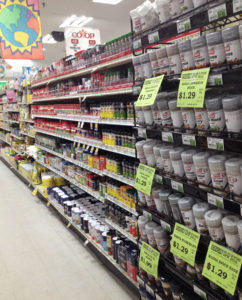
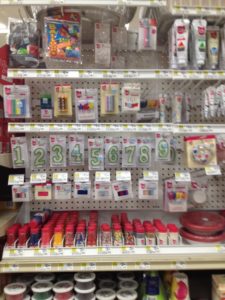
 Happy Birthday Co-op style – something perfect for every age.
Happy Birthday Co-op style – something perfect for every age.

